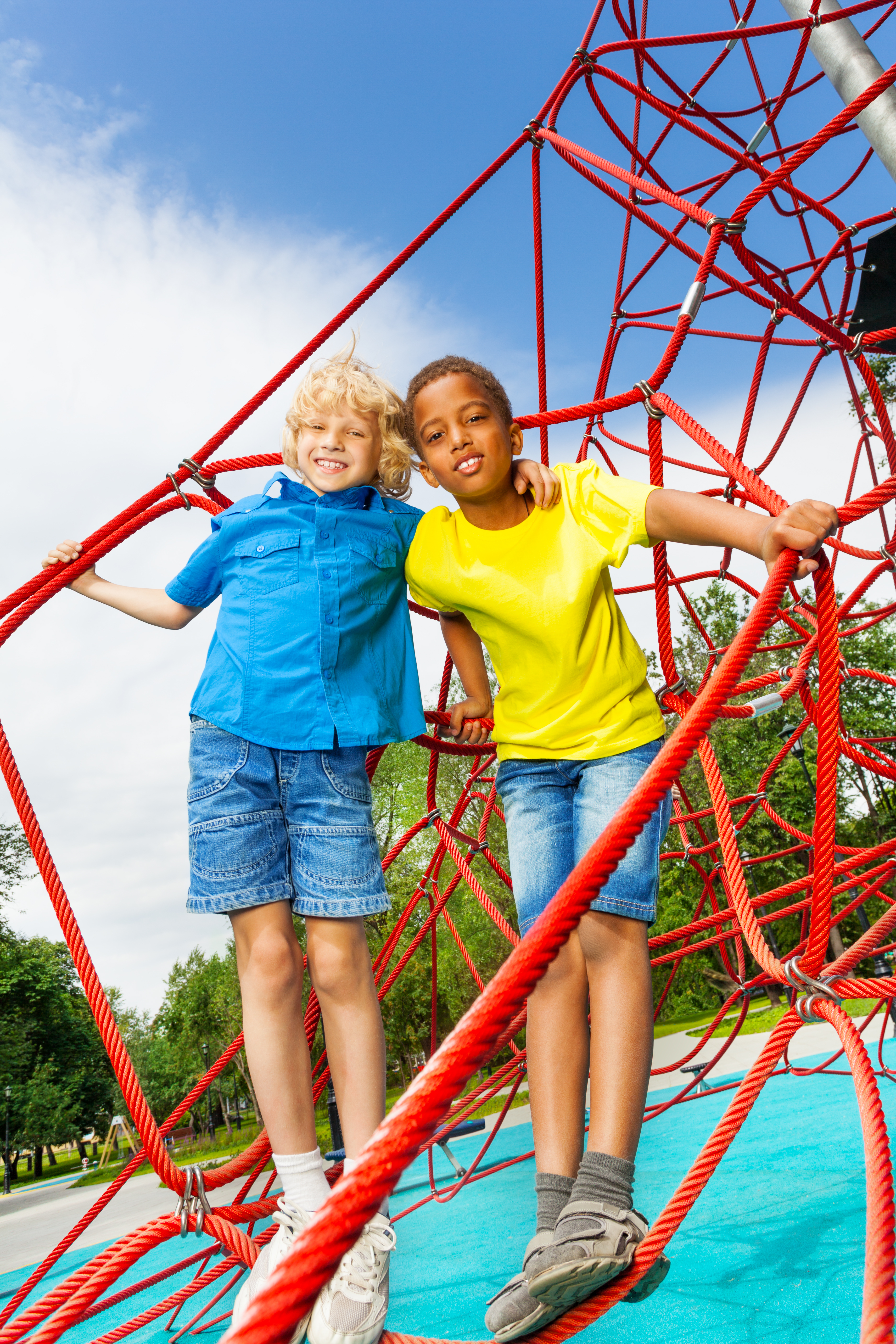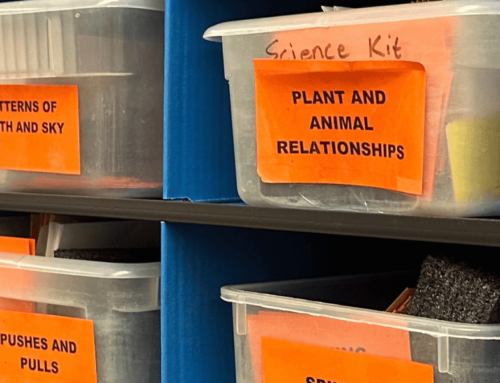Complex changes in society over the past 25 years have contributed to an alarming trend nationwide – children spending too much time indoors.  I have heard this phenomenon described as “indoor childhood” or “nature deficit disorder,” first noted by author Richard Louv in his book The Last Child in the Woods: Saving our Children from Nature Deficit Disorder. While there are multiple reasons for this trend, a major contributing factor is the rise in use of technology for entertainment and social media. I learned that the average child is sitting more than six hours per day looking at electronic screens, plugged into the virtual world while so disconnected from the natural one. That, along with lack of exercise and increased snacking, is creating a generation of children with poor fitness, obesity, high blood pressure, vitamin D deficiencies and nearsightedness. Some health officials are even saying we may be seeing the first generation that will be less healthy and have a shorter life expectancy than their parents. In his 2014 State of the State Address, Governor Jay Inslee noted that this trend should be unacceptable and that we need to make the next generation the healthiest in the history of our state. This led to the launching of the Governor’s Healthiest Next Generation Initiative, a call to action to improve children’s health in early learning settings, schools and communities across our state.
I have heard this phenomenon described as “indoor childhood” or “nature deficit disorder,” first noted by author Richard Louv in his book The Last Child in the Woods: Saving our Children from Nature Deficit Disorder. While there are multiple reasons for this trend, a major contributing factor is the rise in use of technology for entertainment and social media. I learned that the average child is sitting more than six hours per day looking at electronic screens, plugged into the virtual world while so disconnected from the natural one. That, along with lack of exercise and increased snacking, is creating a generation of children with poor fitness, obesity, high blood pressure, vitamin D deficiencies and nearsightedness. Some health officials are even saying we may be seeing the first generation that will be less healthy and have a shorter life expectancy than their parents. In his 2014 State of the State Address, Governor Jay Inslee noted that this trend should be unacceptable and that we need to make the next generation the healthiest in the history of our state. This led to the launching of the Governor’s Healthiest Next Generation Initiative, a call to action to improve children’s health in early learning settings, schools and communities across our state.
The National Wildlife Federation in its publication Time Out: Using the Outdoors to Enhance Classroom Performance, states this lack of outdoor time is not only detrimental to health, but significantly impacts classroom readiness and performance. Children have shorter attention spans, less patience, increased aggressive behaviors, higher stress, depression and anxiety, isolation from peers, and less willingness to learn.
As children continue to spend less time outside, a national movement is underway to “leave no child inside” and seek collaborative solutions for improving learning readiness. Grass roots community projects, legislative initiatives, National Wildlife Federation and US Forest Service programs are just a few promoting more outdoor time and exposure to nature for children.
Parents, communities, policy makers and school educators all have a significant role to play in changing the impacts of “nature deficit disorder” on school performance. There are many ways Washington State schools can move toward improving learning readiness through outdoor activities, learning and play. As I spend time in our districts I find some amazing examples from our NWESD region:
-
Walk and bike to school program
Mount Vernon School District – Opportunity Walks -
Incorporate regular time for outdoor classrooms, learning and play
Everett School District – Forest View Elementary Green Schools Project -
Add a school garden (or improve an existing one) involving students
Lopez Island School District – Lopez Island Farm Education (L.I.F.E) Garden Program -
Make recess a part of every student’s school day
Bellingham School District – Playworks -
Encourage school outdoor field trips
Sedro Woolley – Camp Orkila Outdoor Education Program
Now that we know too much time indoors can impact not only our children’s health, but also their school performance, let’s join Governor Inslee in making the next generation the healthiest by creating home, community, and school environments that encourage outdoor learning. In the words of Margaret Olwen MacMillan, “The best classroom and the richest cupboard is roofed only by the sky.”
Resources:
- National Wildlife Federation Report Time Out: Using the Outdoors to Enhance Classroom Performance
- Richard Louv (2008) Last Child in the Woods: Saving our Children from Nature-Deficit Disorder
- Scholastic – Recess Makes Kids Smarter



